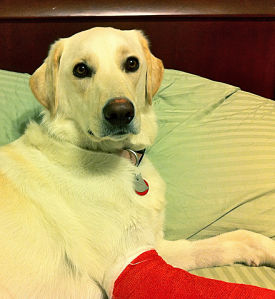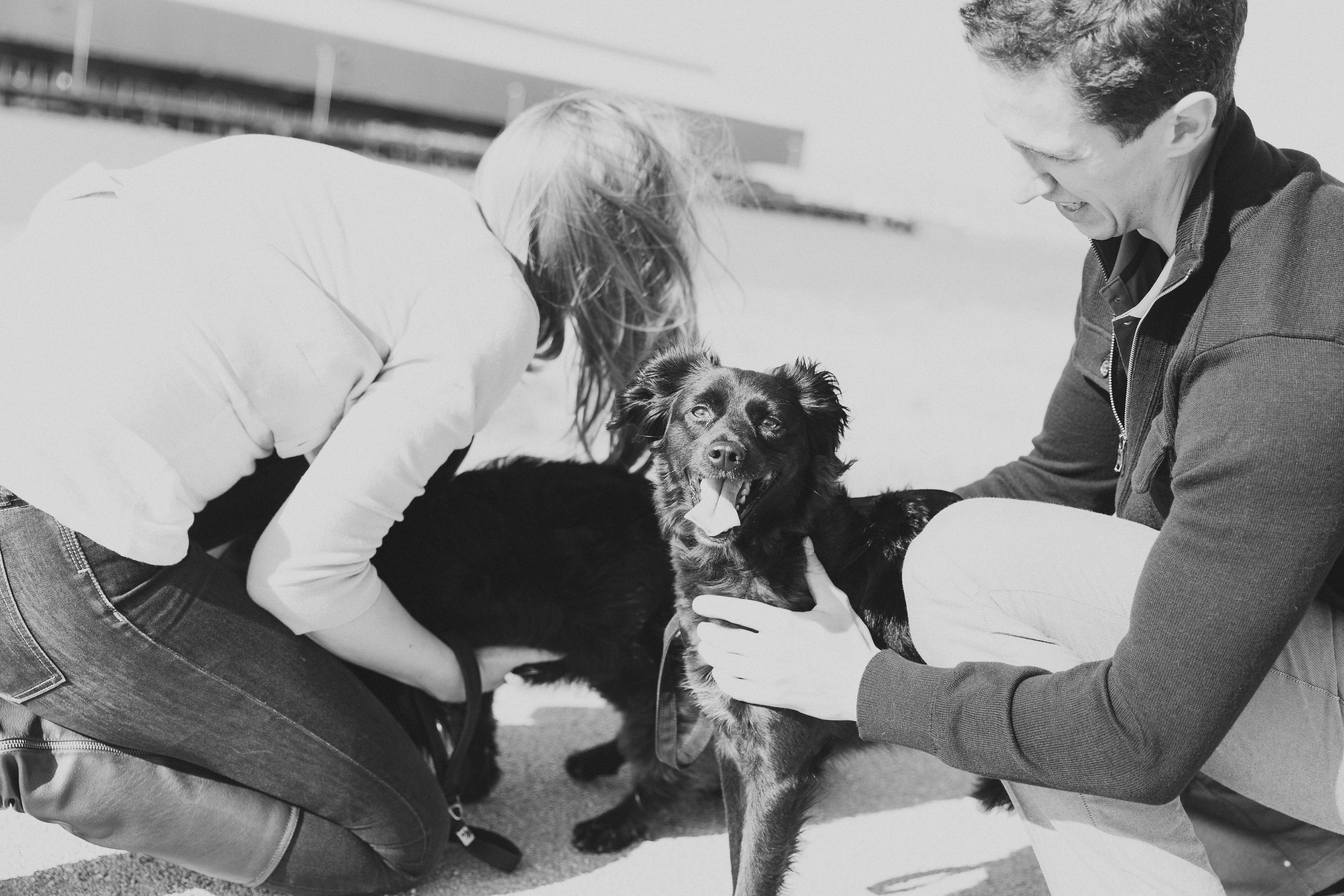The good news is that many of the first aid supplies people need are useful for a dog kit as well. The American Society for the Prevention of Cruelty to Animals (ASPCA) and the American Veterinary Medical Association (AVMA) suggest these components.
In any emergency. Have essential phone numbers written down. These include your own vet, the closest emergency vet and an animal poison control center.
For wounds. Should your dog get a cut or bite, first aid wipes, gauze, strips of clean cloth and adhesive tape will come in handy. The AVMA warns against using human band-aids on canines.
For poisoning. Before attempting to treat your dog, call the poison control center. They will be able to guide you, and they may direct you to use activated charcoal or milk of magnesia to absorb toxins and/or 3% hydrogen peroxide to induce vomiting (do not do this without expert input). If your dog is already vomiting, do not muzzle him.
“If your dog is already vomiting, do not muzzle him.”
For general use. To complete your kit, consider including disposable gloves, clean towels, blunt tipped scissors, a syringe or turkey baster, cotton balls and eye solution. It’s a good idea to have an icepack handy in the freezer at all times to ease swelling and pain, and if you’re running for the vet, you might grab your dog’s favorite toy or blanket.
It’s a great idea to collect these items in a backpack so you can sling it over your shoulder easily. Keep it where you keep your dog’s leash—you’ll need both things if you’re dashing out the door for help. And the ASPCA reminds you to check the kit every few months to make sure supplies aren’t out of date.


Comment